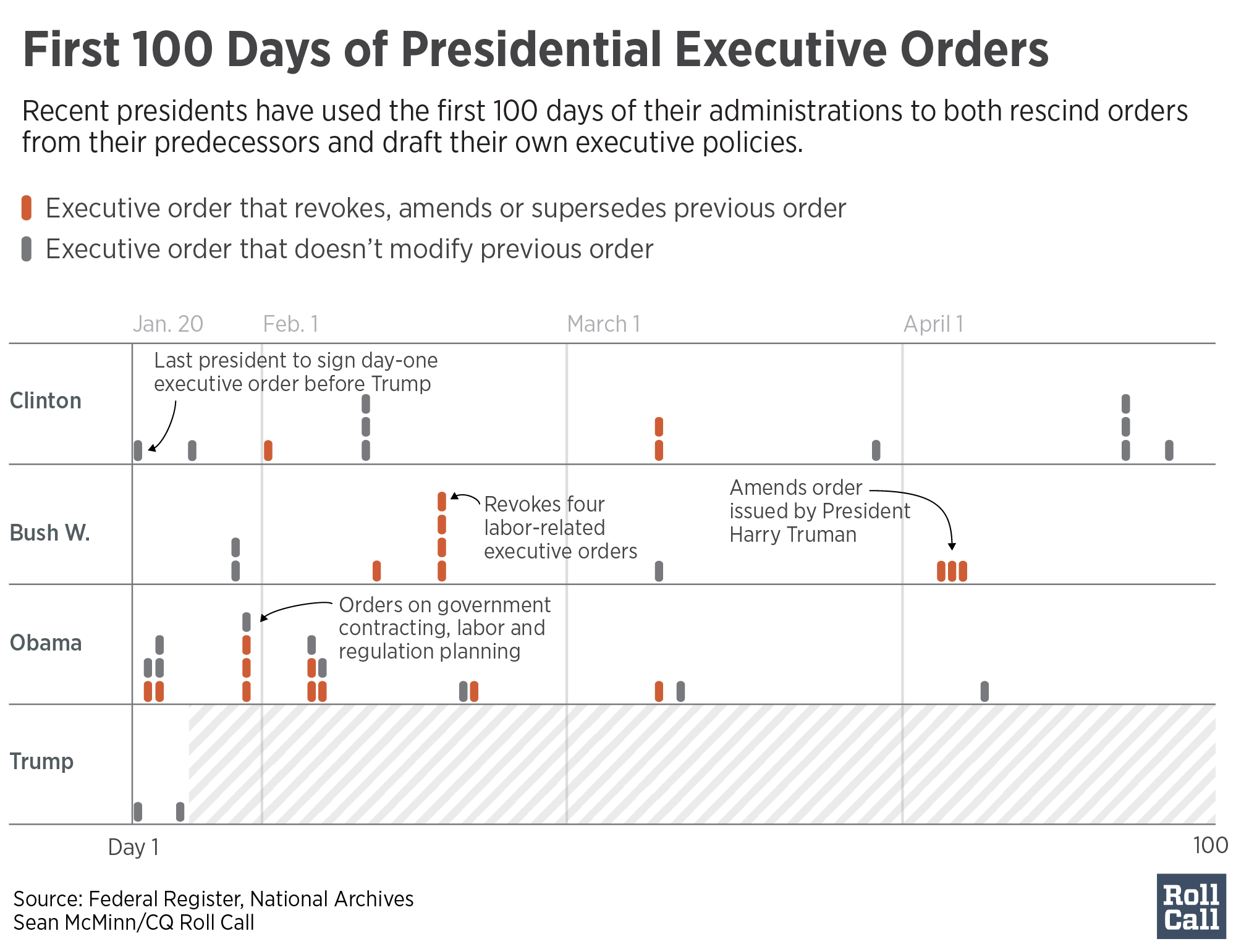

Examples of more controversial orders from recent years include George W. While the number of orders issued by presidents has decreased since the Eisenhower administration, recent presidents have generally issued between 100 and 200 orders during each term. military by President Truman in 1948, and the desegregation of public schools by President Eisenhower in 1957. A number of other orders also marked notable milestones in African-American civil rights including the desegregation of the U.S.
#EXECUTIVE ORDERS FREE#
Roosevelt's most controversial order, however, did relate to the Second World War this was Order 9066, which saw approximately 120,000 people of Japanese descent, and almost 15,000 ethnic Germans and Italians, interned in concentration camps for almost three years.Īrguably, the most famous and well known executive order was Abraham Lincoln's Emancipation Proclamation** in 1862, which changed the legal status of all enslaved people in the Confederate states during the Civil War, and declared them free in the eyes of the Union. through its economic recovery from the Great Depression. FDR was in office throughout most of the Second World War, although the majority of these orders came in his earlier years in office (more than a thousand orders were signed in 19), as he used his New Deal policies to lead the U.S. While FDR did serve over four years more than any other president, he still issued the highest number of average annual executive orders, with over three hundred per year.


Roosevelt (FDR), who, during his twelve years in office, signed more than a quarter of all executive orders ever published. The president who signed the most executive orders was Franklin D. president, was the first to issue more than one thousand executive orders alone while Woodrow Wilson, who was in office during the First World War, signed more than 1,800. The U.S.' first 25 presidents signed a combined total of 1,262 executive orders in roughly 112 years, averaging at around 12 per year, however there was a large increase in the number of orders issued in the first half of the twentieth century. If deemed unlawful or unconstitutional, the order will be revoked or cancelled, and a president may also revoke, cancel or amend any executive order that they, or any other presidents, have made. laws and the administration of the country, without the need for a vote in Congress or the Supreme Court although these orders are subject to judicial review, and can be challenged by the courts or another branch of government. Executive orders are generally used by presidents to influence U.S. It is where an order or directive is given and signed into law by the president, regarding the management of the U.S. An executive order is one of the most commonly used form of administrative action taken by the President of the United States.


 0 kommentar(er)
0 kommentar(er)
